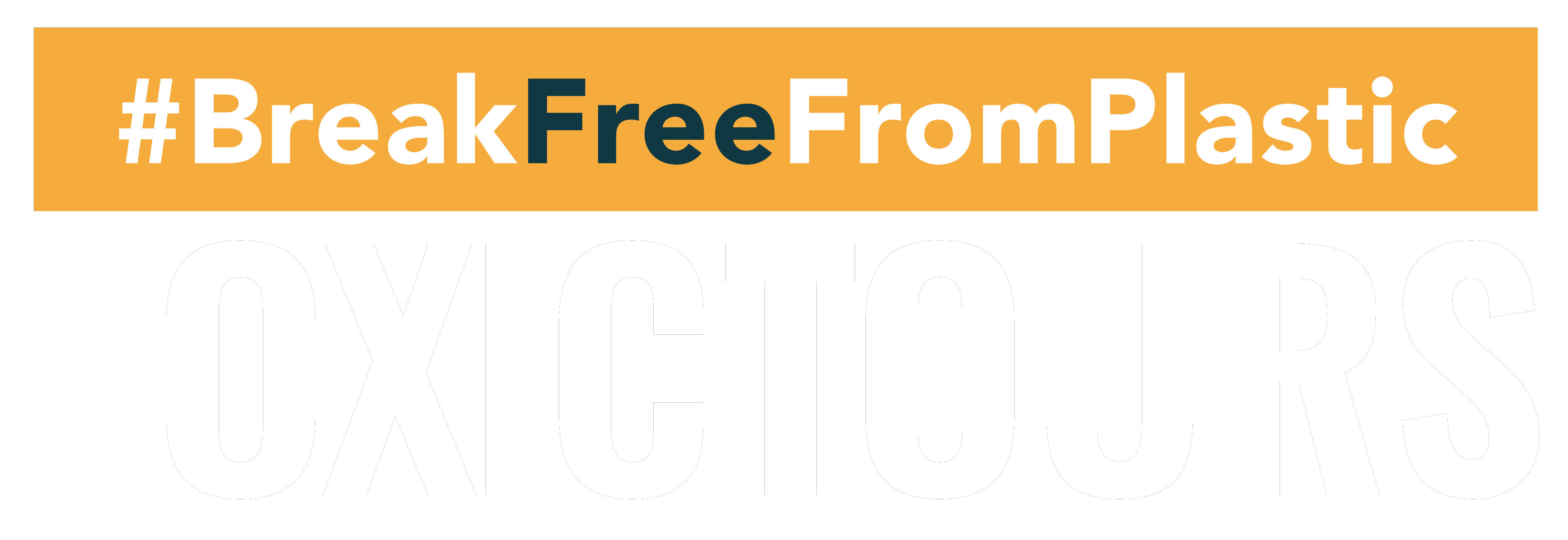Detroit, Michigan, United States
The community near the closed incinerator still grapples with the environmental and health consequences that it has left behind.
When the incinerator in Detroit was built, it was the largest in the world. It had the capacity to burn 4,000 tons of trash every day, with three large furnaces. With two furnaces operating on average, it burnt 2,500 tons a day. The city’s waste would be shred, pulverized then burt.
The negative effects on the health of the community were widely apparent. Residents developed chronic asthma and other respiratory ailments. People would use the neighboring area around the incinerator as a dumping ground for plastic and toxic waste.
Today the incinerator in Detroit is closed, and residents are still organizing to clean up the polluted environment that it has left behind.





